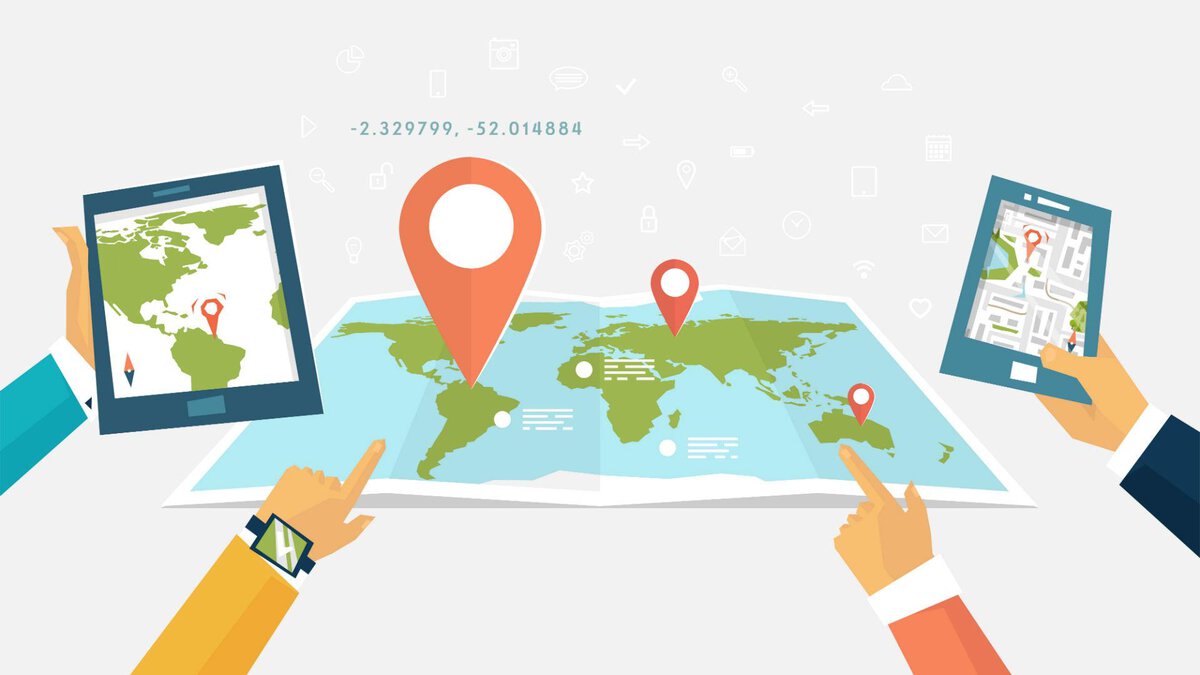Businesses around the world are revolutionizing their marketing and customer outreach strategies by embracing geolocation technology. From real-time push notifications triggered by proximity to a store, to custom ads based on regional trends, geo-targeting is offering brands the ability to interact with their audiences in hyper-personalized, location-specific ways.
This strategic use of location data is boosting customer engagement, conversion rates, and even overall brand loyalty. However, as companies dive deeper into this powerful tool, ethical data usage and privacy concerns are also coming to the forefront of conversations.

Real-Time Notifications Based on Location
Geolocation technology allows businesses to deliver real-time push notifications when users are physically near a storefront, significantly increasing the chances of customer engagement.
For example, when a shopper walks within a quarter-mile of a retail store, the business can send a personalized notification such as “Flash Sale! 20% off all footwear until 5PM—right around the corner!” These real-time alerts capitalize on the immediacy of presence, tapping into a customer’s impulse to act now rather than later.
Studies show that push notifications triggered by location are 33% more likely to be opened than those sent at random, directly contributing to higher in-store traffic and same-day conversions.
Tailoring Ads to Regional Preferences
Advertisers are now crafting region-specific campaigns to appeal to local culture, weather, dialects, and seasonal behavior. A fast-food chain, for instance, can run ads for hot coffee in Minnesota during the winter and iced lattes in Arizona at the same time.
Streaming platforms use viewing habits in specific cities to promote trending shows that appeal to that locale. Regional customization makes ads feel less generic and more relevant, helping marketers see a 20-30% increase in ad recall and purchase intent. Local slang, landmarks, and events are often incorporated to boost relatability.
Analyzing Foot Traffic for Smarter Decisions
Businesses utilize aggregated foot traffic data to understand how people move through shopping districts, transit hubs, or malls. By tracking anonymized movement patterns, brands identify high-traffic zones and peak hours. This information informs billboard placements, popup locations, and even staffing decisions. Retailers report a 15% increase in average revenue per square foot after reconfiguring store layouts based on traffic analytics.
Additionally, analyzing repeat visitation patterns helps brands determine loyalty levels and assess the effectiveness of seasonal promotions or in-store displays.
Hyper-Localized Marketing Strategies
Hyper-localization means targeting customers not just by city or region, but by individual neighborhoods or even streets. A boutique gym can run ads only within a five-block radius, highlighting convenience and community. Restaurants can push lunch specials specifically to office workers within walking distance. These micro-targeted strategies result in a 42% higher conversion rate compared to broader campaigns.
Businesses are tailoring everything from design to language based on zip-code-level demographics, ensuring relevance and resonance with hyper-local audiences.
Boosting Customer Engagement With Personalized Experiences
Engagement rates soar when customers feel they’re receiving offers tailored just for them. Geolocation enables brands to provide exclusive deals when a user enters a certain location. Coffee shops send loyalty rewards when a customer enters a rival’s premises, while fashion retailers might deliver outfit suggestions based on the weather in a user’s current city.
One example is how top paying online casinos in Ontario use geo-targeting to deliver personalized offers, encouraging players to stay engaged and keep coming back to their platforms. These strategies deepen user-brand interaction and result in a 28% increase in app session length.
Conversion Rate Optimization Through Location Targeting
Conversion rates see major boosts when ads are delivered with precise geo-targeting. Online-to-offline conversions—where a customer sees an ad and then makes an in-store purchase—are up to 45% more likely when tied to location triggers.
Brands like Sephora and Nike have successfully used geofences around their stores to deliver time-limited mobile coupons, reporting redemption rates of up to 40%, compared to the 2-3% industry average for email marketing. This jump directly translates into higher revenue and more efficient ad spend.
Location Data as a Business Intelligence Tool
Beyond marketing, companies are using location data for strategic planning. Franchise expansions, real estate acquisitions, and even competitor analysis rely on geospatial intelligence.
Brands map customer density by zip code to identify areas ripe for expansion. Logistics companies optimize delivery routes using real-time GPS traffic data, reducing fuel costs by up to 18%. Businesses also benchmark performance by comparing foot traffic near their locations versus that of competitors. This data-driven approach transforms subjective decisions into measurable, actionable strategies.

Balancing Personalization With Privacy
With all its power, geolocation targeting must be managed with careful attention to privacy. Misuse or excessive tracking can erode trust and violate data protection laws. Consumers are increasingly aware of how their data is used, and 61% say they are more likely to engage with a brand that explains its data usage clearly.
Businesses must implement clear opt-in policies, anonymize user data, and comply with regulations like GDPR and CCPA. Ethical practices are not just legal necessities—they’re brand imperatives that directly influence reputation and customer retention.
The Competitive Edge of Location-Aware Marketing
Geolocation allows businesses to cut through the noise of traditional digital marketing. While every brand competes for attention on social media and search engines, location-based strategies narrow the audience and boost relevance.
Brands using geo-targeting report a 50% increase in ROI compared to broad, untargeted campaigns. Being present at the right time and place allows companies to deliver messages that feel useful, not intrusive. This is especially effective for time-sensitive promotions, flash sales, and local events that require immediate action.
The Future of Geolocation in Business
As geolocation tools become more advanced, the next wave includes integration with augmented reality (AR) experiences, predictive movement tracking, and real-time dynamic ad generation. AR apps already overlay digital coupons or directions based on a user’s position.
Predictive mobility tools anticipate where a user is going and serve ads ahead of arrival. Brands are experimenting with drone deliveries based on live geodata and weather. These innovations push personalization beyond static targeting into fully adaptive, context-aware campaigns, further blurring the lines between digital and physical engagement.

